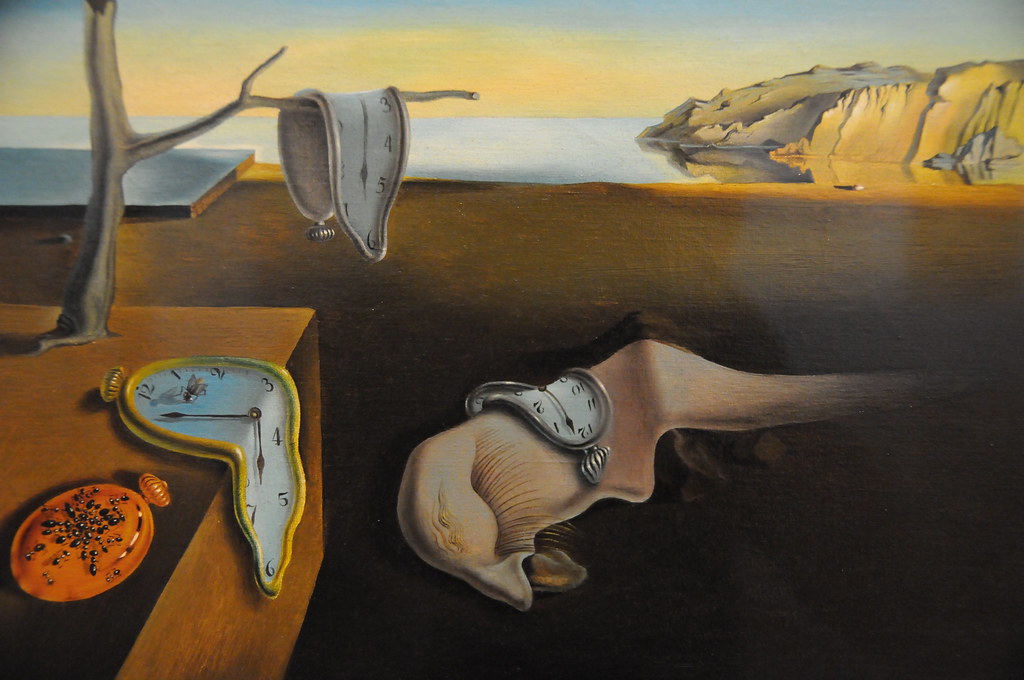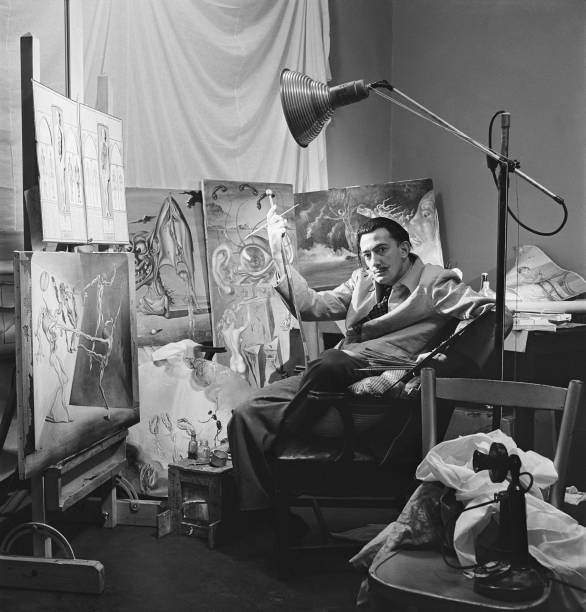Salvador Dalí, born in Figueres, Spain in 1904, was an eccentric and imaginative artist who left an indelible mark on the world of art. Known for his surrealistic works that pushed the boundaries of reality, Dalí’s influence extends far beyond the canvas.
Dalí was born into a middle-class family and showed artistic talent from a young age. His parents encouraged his creativity, enrolling him at the Municipal Drawing School in Figueres. Dalí later attended the San Fernando Academy of Fine Arts in Madrid, where he began to develop his unique style. Dalí’s artistic style was heavily influenced by the psychoanalysis theories of Sigmund Freud. He used his art to explore the subconscious mind, creating dreamlike scenes filled with symbolic objects. Dalí’s approach was termed the “paranoiac-critical method,” which involved evoking a state of paranoia to access the subconscious. Personally, I was initially drawn to Dali’s artwork when I saw it as a opportunity to think outside the box.
Dalí’s most famous painting, “The Persistence of Memory,” features melting watches in a desolate landscape, challenging our perception of reality and time. Other notable works include “The Elephants,” known for its towering, spindly-legged elephants, and “Swans Reflecting Elephants,” a mind-bending image of swans whose reflections form elephants.
Dalí’s impact extends beyond the art world. He made a significant contribution to the Surrealist movement, which sought to release the creative potential of the unconscious mind. His flamboyant personality and public antics made him a cultural icon, while his exploration of subconscious imagery continues to fascinate art enthusiasts and scholars. Salvador Dalí’s creative genius and unique personality have solidified his place in art history. His surrealistic masterpieces continue to captivate audiences, making him one of the most celebrated artists of the 20th century.






